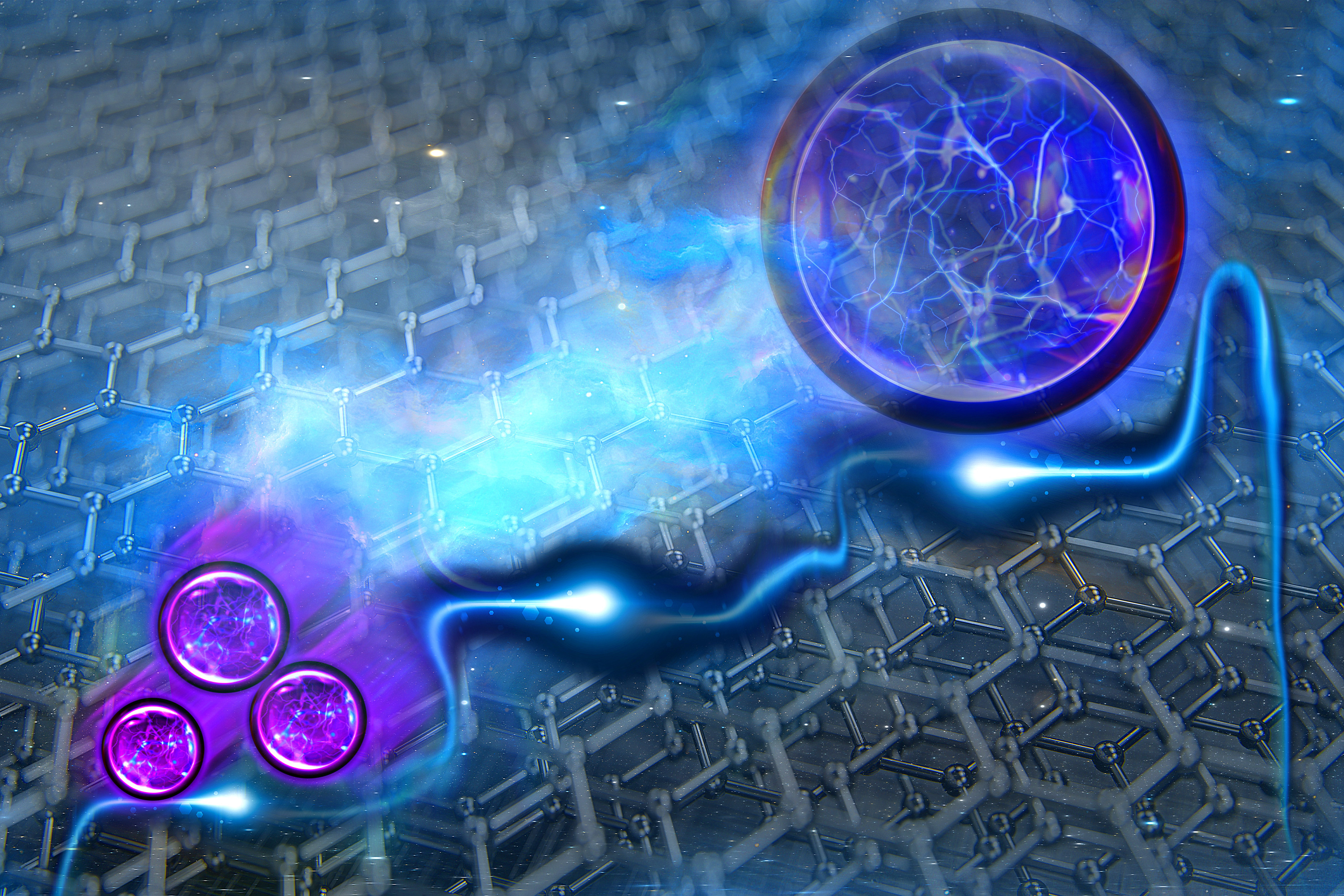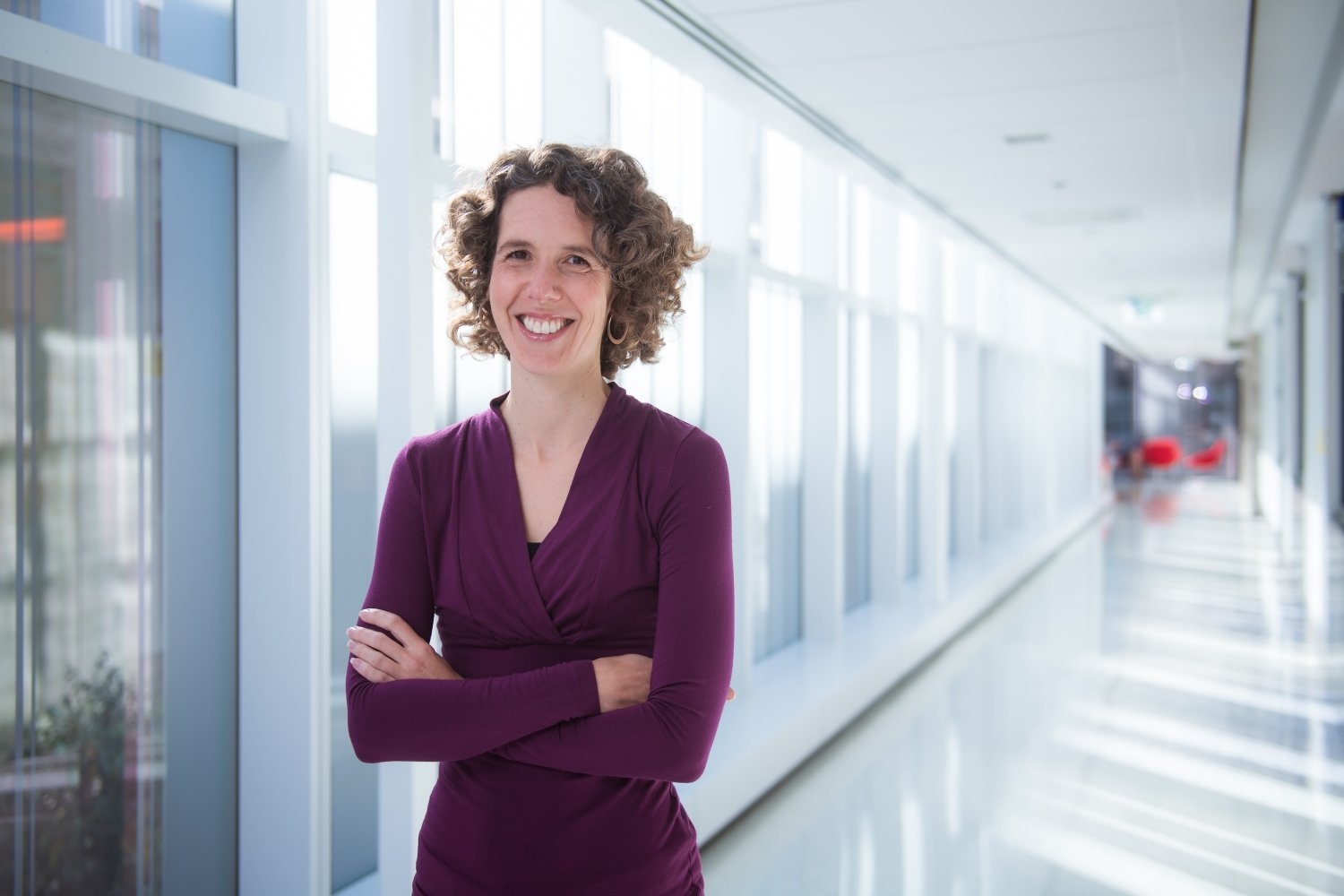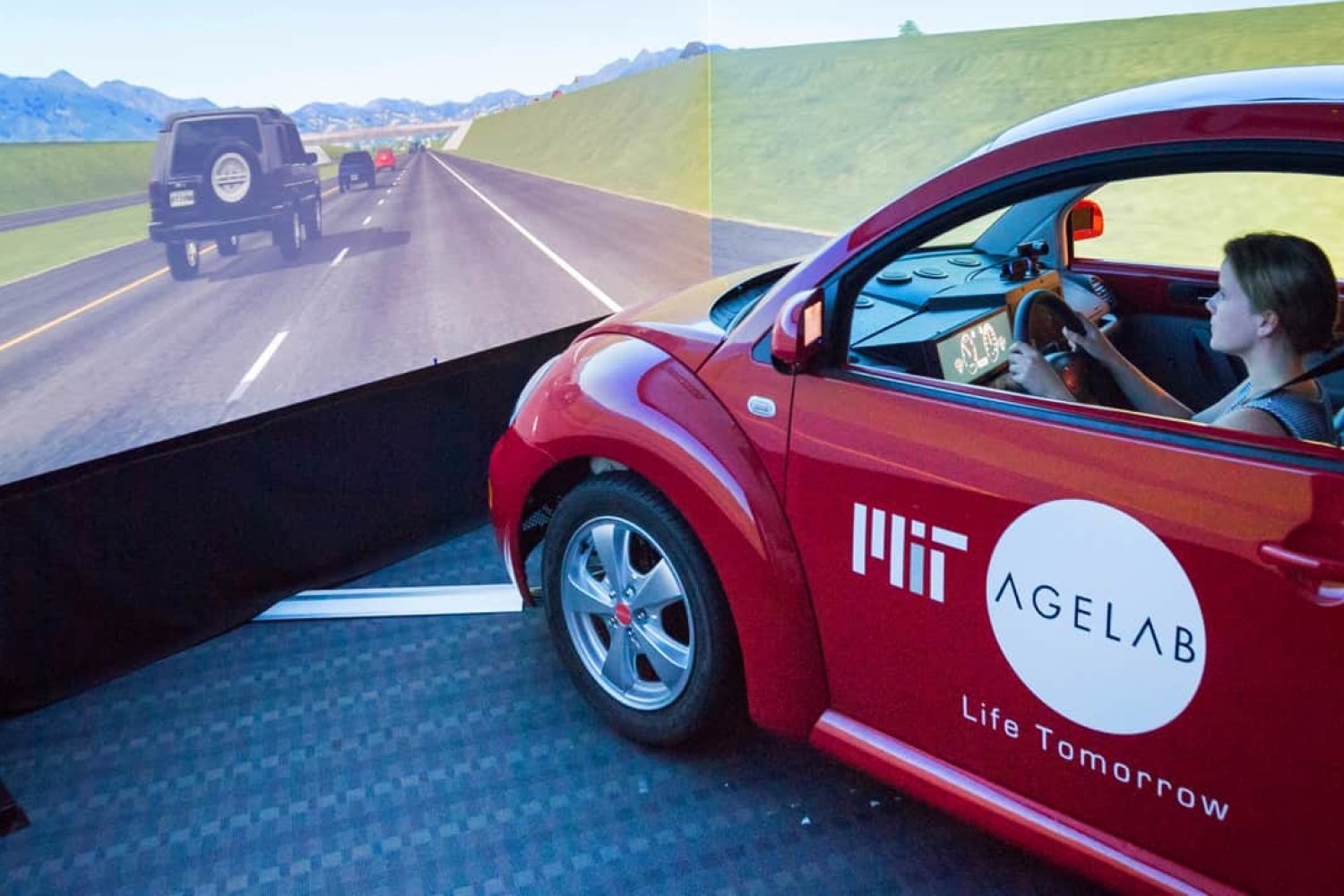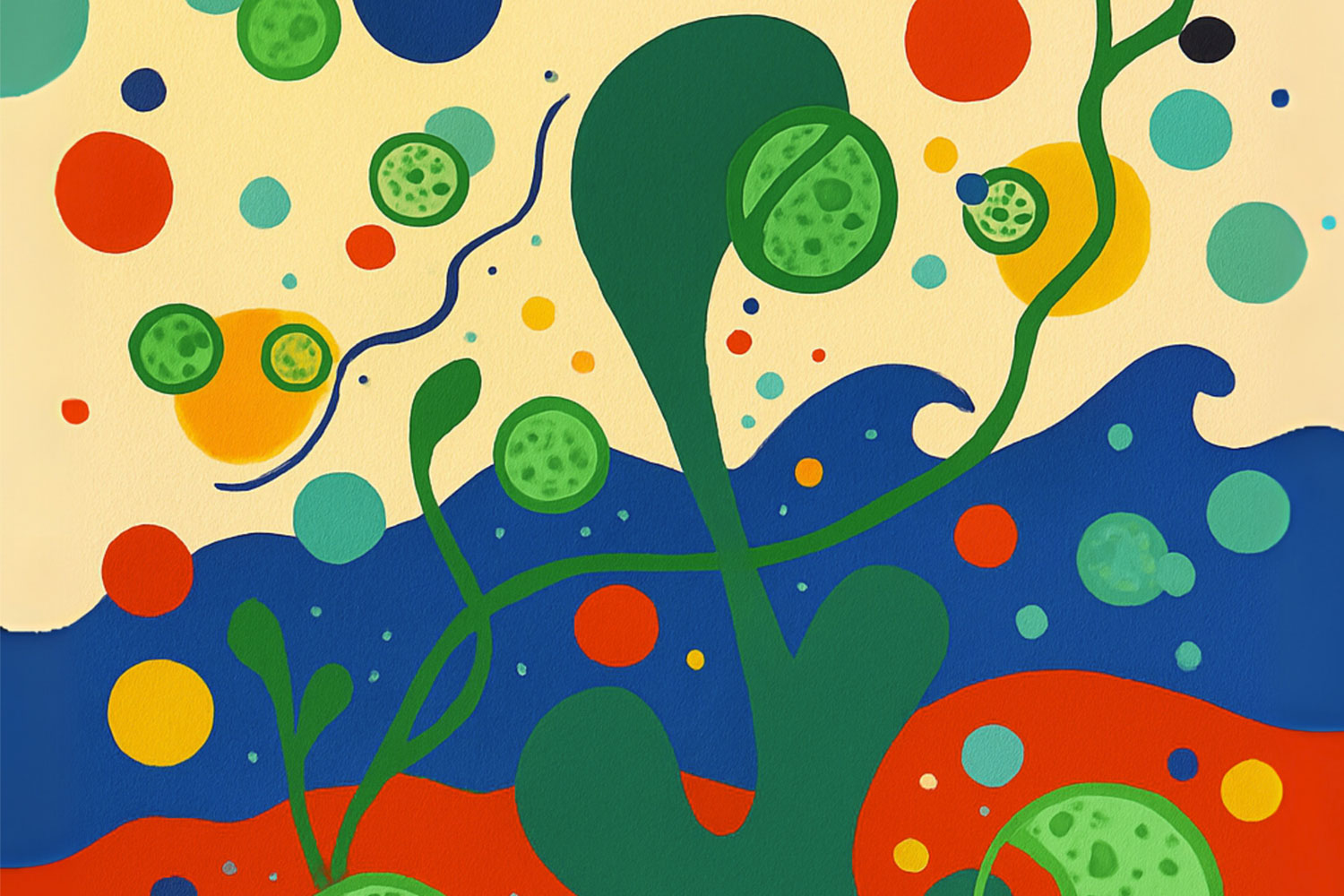MIT-affiliated physicists win McMillan Award for discovery of exotic electronic state
Last year, MIT physicists reported in the journal Nature that electrons can become fractions of themselves in graphene, an atomically thin form of carbon. This exotic electronic state, called the fractional quantum anomalous Hall effect (FQAHE), could enable more robust forms of quantum computing.
Now two young MIT-affiliated physicists involved in the discovery of FQAHE have been named the 2025 recipients of the McMillan Award from the University of Illinois for their work. Jiaqi Cai and Zhengguang Lu won the award “for the discovery of fractional anomalous quantum hall physics in 2D moiré materials.”
Cai is currently a Pappalardo Fellow at MIT working with Pablo Jarillo-Herrero, the Cecil and Ida Green Professor of Physics, and collaborating with several other labs at MIT including Long Ju, the Lawrence and Sarah W. Biedenharn Career Development Associate Professor in the MIT Department of Physics. He discovered FQAHE while working in the laboratory of Professor Xiaodong Xu at the University of Washington.
Lu discovered FQAHE while working as a postdoc Ju's lab and has since become an assistant professor at Florida State University.
The two independent discoveries were made in the same year.
“The McMillan award is the highest honor that a young condensed matter physicist can receive,” says Ju. “My colleagues and I in the Condensed Matter Experiment and the Condensed Matter Theory Group are very proud of Zhengguang and Jiaqi.”
Ju and Jarillo-Herrero are both also affiliated with the Materials Research Laboratory.
In addition to a monetary prize and a plaque, Lu and Cai will give a colloquium on their work at the University of Illinois this fall.
Latest MIT Latest News
- Method teaches generative AI models to locate personalized objectsAfter being trained with this technique, vision-language models can better identify a unique item in a new scene.
- Darcy McRose and Mehtaab Sawhney ’20, PhD ’24 named 2025 Packard Fellows for Science and EngineeringMcRose, an environmental microbiologist, is recognized for researching the ecological roles of antibiotics in shaping ecosystems, agriculture, and health.
- MIT-Toyota collaboration powers driver assistance in millions of vehiclesA decade-plus alliance between MIT’s AgeLab and Toyota’s Collaborative Safety Research Center is recognized as a key contributor to advancements in automotive safety and human-machine interaction.
- MIT engineers solve the sticky-cell problem in bioreactors and other industriesTheir system uses electrochemically generated bubbles to detach cells from surfaces, which could accelerate the growth of carbon-absorbing algae and lifesaving cell therapies.
- Blending neuroscience, AI, and music to create mental health innovationsMedia Lab PhD student Kimaya Lecamwasam researches how music can shape well-being.
- Why some quantum materials stall while others scaleIn a new study, MIT researchers evaluated quantum materials’ potential for scalable commercial success — and identified promising candidates.













